Honour from the Academy of Motion Picture Arts and Sciences is always applause-worthy, especially if it features Indian talent. the guide caught up with Aashrita Kamath, a young production designer from Mumbai, who bagged a Student Oscar on June 7, to share her journey so far
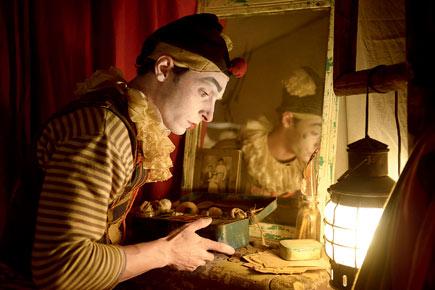
 Q. From a BA in Sociology at St Xavier’s College to set designing at West is West — the sequel of Om Puri-starrer East is East, you’ve had quite a journey. What attracted you to set design in the first place?
Q. From a BA in Sociology at St Xavier’s College to set designing at West is West — the sequel of Om Puri-starrer East is East, you’ve had quite a journey. What attracted you to set design in the first place?
A. As a child, I was surrounded by design. My mother is a graphic designer and that exposed me to the aesthetics of design in various forms.
I watched, as she would use colour and form to enhance aspects of the projects she was working on. When I went to Rishi Valley, a boarding school in Andhra Pradesh, it encouraged me to explore my creative potential.
ADVERTISEMENT
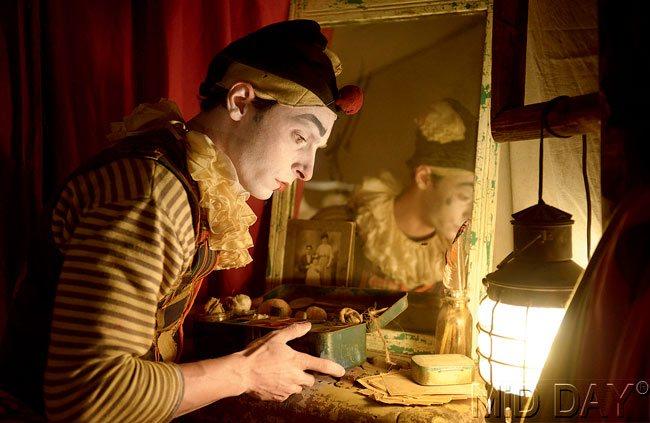
A still from Dustland, the second thesis film that Aashrita Kamath worked on as a production designer.
Pic courtesy/ Aashrita Kamath
I studied fine art and joined a film club while at Rishi Valley, where we watched classic movies from all around the world. I used the available resources to design the sets for a few plays that were performed at school. That process was the start of my interest in designing spaces that helped tell a story. For my undergraduate degree, I moved to Mumbai to study at St Xavier’s College and for two years I was part of the Fine Arts Exhibition at Malhar. Later, I worked at a production house that did ad films. It was my first job, and I learnt a lot.
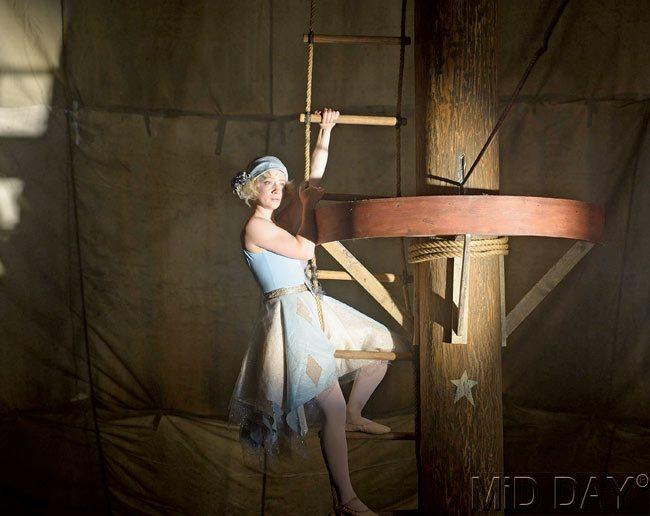
A still from Dustland
Q. How did West is West happen?
A. After I graduated in Sociology, I was certain that I didn’t want to make a career out of it. During my brief work experience at the production house, I observed how the art department functioned on the few commercials I was involved in; making me gravitate towards production design. A friend put me in touch to assist the renowned production designer Aradhana Seth (Earth, Fire and Don) who was just starting work on West is West. After a brief prep period in Mumbai, the entire production moved to Chandigarh to recreate a Pakistani village. Aradhana taught me many of the invaluable skills that I use today such as — breaking down a script, and the multiple ways in which research can be done or a period film. It was my first time on a feature film set and I won’t ever forget that experience.
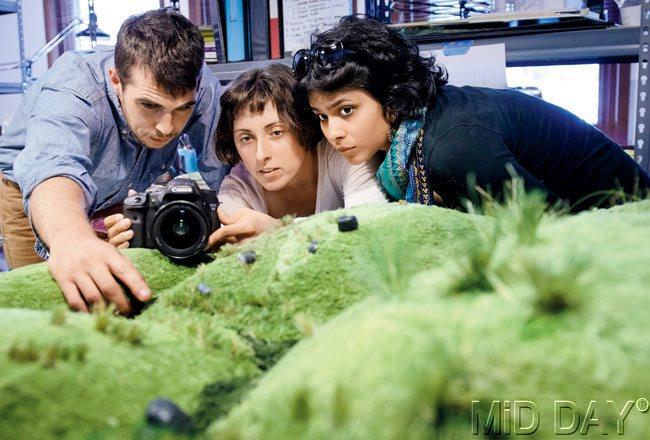
Aashrita with director Jacob Andersen and cinematographer Sara Ross Samko on stop motion music video, As Long As You Watch My Heart.
Q. Tell us about the Interstate. What attracted you towards it, and what were the key challenges?
A. Interstate tells the story of Joaquin, a 40-year-old driving instructor, who teaches illegal immigrants to drive, taking them to Utah so they can get driver’s licenses in a state that doesn’t require a Social Security Number. The law catches up with him and he faces a dilemma that may haunthim forever. The universal message of the film and the deft screenplay was what attracted me to designing it.I took up the challenge even though we had very little time before principle photography began. Another major challenge was that locations kept falling through at the last minute, which needed the art department to constantly improvise and modify to suit the new location. Lack of funds and having a skeletal crew also added to the complication.
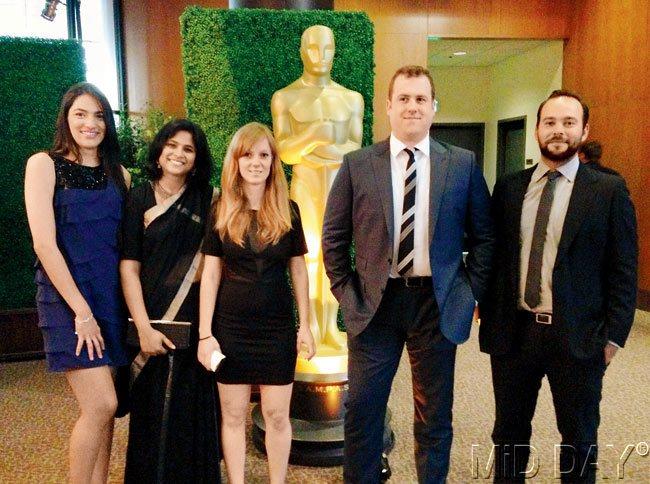
At the 41st Student Academy Awards: (L-R) Franzis Muller (editor), Aashrita Kamath (production designer), Camille Stochitch (director), Brett Myer (producer), Justin Kane (cinematographer).
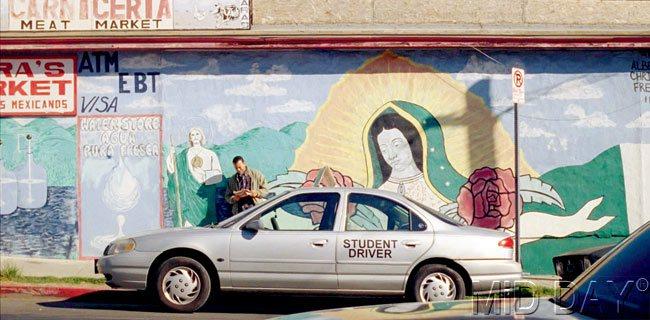
Pics courtesy/Aashrita Kamath
Q. You have also been a property master for Zindagi Na Milegi Dobara and now, working on a Ridley Scott production. What is the difference in the working styles of Bollywood and Hollywood?
A. The primary difference is the working practices and conventions. American Film Institute is extremely strict with how student films should follow the rules of the industry and the film unions in LA. Often, as student films are also low on budgets, stories are changed to accommodate those rules. The union is very strict about the way a driving scene in a car is executed. Roads need to be blocked off, and we need to notify the police and often have one police vehicle in the front of the picture cars and one behind it. As Interstate had a lot of driving scenes, the director had to rewrite to make it affordable.
 Subscribe today by clicking the link and stay updated with the latest news!" Click here!
Subscribe today by clicking the link and stay updated with the latest news!" Click here!







